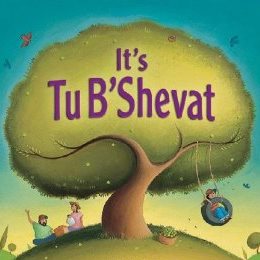ANT KATZ
Greet our trees
JNF-SA’s Benji Shulman says that features of the day will include; family mountain-biking track – 6 km for adults and high school learners, 4 km for primary school and a small loop for pushbike enthusiasts.
 “Families are welcome to bring well-socialised four-legged friends, however it is imperative that they are on a leash,” says the JNF’s Benji Shulman.
“Families are welcome to bring well-socialised four-legged friends, however it is imperative that they are on a leash,” says the JNF’s Benji Shulman.
Water will also be provided and available for dogs.
Other amenities, says Benji, include a beer tent for the 20-somethings, a DJ for vibes, and all-kosher food vendors. However, he says, you are welcome “to bring your own picnic basket”.
Blankies n brollies
Benji also suggests remembering to bring picnic blankets and shade umbrellas.
For extra fun, visitors can use Huddle Park for an additional fee. These include trout fishing, mini golf and a serious bike ride up to 40 km.
The big picnic event begins at 11:00 and, as Benji puts it, it’s “for all the family fun, join the unity of the green schmooz.” The cost is just R30 per person and toddlers free.
Please book with the JNF on (011) 645-2541 ID necessary to gain entrance to this event (one per family)
See you there, getting together for happy occasions!
What is Tu B’ Shvat?
Tu B’ Shvat is a Jewish holiday occurring on the 15th day of the Hebrew month of Shevat. It is also called “Rosh Hashanah La’Ilanot” (ראש השנה לאילנות), literally “New Year of the Trees.”
 In contemporary Israel, the day is celebrated as an ecological awareness day, and trees are planted in celebration.
In contemporary Israel, the day is celebrated as an ecological awareness day, and trees are planted in celebration.
The name Tu B’Shvat is derived from the Hebrew date of the holiday. “Tu” stands for the Hebrew letters Tet and Vav, which together have the numerical value of 9 and 6, adding up to 15.
Tu B’Shvat is a relatively recent name; the date was originally called “Ḥamisha Asar BiShvat” (חמשה-עשר בשבט), which also means “Fifteenth of Shevat”.
In the Middle Ages, Tu B’Shvat was celebrated with a feast of fruits in keeping with the Mishnaic description of the holiday as a “New Year.” In the 16th century, the kabbalist Rabbi Yitzchak Luria of Safed and his disciples instituted a Tu B’Shvat seder in which the fruits and trees of the Land of Israel were given symbolic meaning. The main idea was that eating ten specific fruits and drinking four cups of wine in a specific order while reciting the appropriate blessings would bring human beings, and the world, closer to spiritual perfection.
In Israel, the kabbalistic Tu ‘Shvat seder has been revived, and is now celebrated by many Jews, religious and secular. Special haggadot have been written for this purpose.
In the Chassidic community, some Jews pickle or candy the etrog (citron) from Sukkot and eat it on Tu B’Shvat. Some pray that they will be worthy of a beautiful etrog on the following Sukkot.